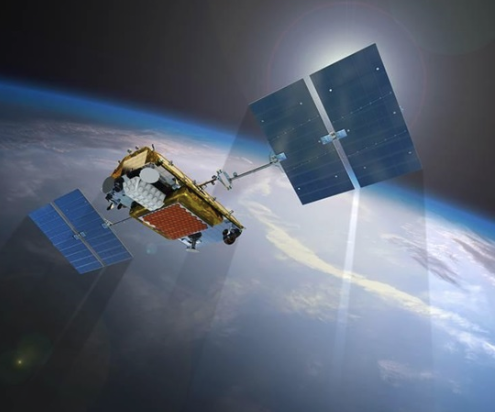
Nav Canada is proposing that aircraft flying in most controlled airspace be equipped with ADS-B by as early as Jan. 1, 2023. In an email response to a personal inquiry by Canadian Aviator columnist Rich Pittet, a Nav Canada agent said ADS-B in Canada will be exclusively space-based so aircraft will need top-mounted antennae to send the signals to a constellation of Iridium low orbit satellites. Those satellites carry transponders owned by Aireon that receive ADS-B signals once a second from properly equipped aircraft. Nav Canada has majority ownership of Aireon. The system became operational in April. Nav Canada can’t impose an ADS-B requirement. Transport Canada is the regulator and has made no announcements about mandatory equipage.
In the letter, the Nav Canada spokesman appears to lay out a proposed schedule for such a mandate that would require aircraft operating in Class A, Class B and Class E airspace above 60,000 feet to be phased in over the next three years. After that, “no sooner than January 1, 2023, Class C, D and E airspace as required and following additional stakeholder consultations.”
Pittet’s inquiry was prompted by his desire to equip his aircraft with ADS-B so he can fly to the U.S. ADS-B will be required in most controlled airspace in the U.S. on January 1, 2020. He asked if the system he’s contemplating will work in Canada’s future ADS-B environment and the answer was that it would not. The U.S. uses a ground-based system that requires belly-mounted antennae on the aircraft. The letter from Nav Canada explains that they tried to track aircraft with belly-mounted antennae but it didn’t work so aircraft operating in Canadian airspace will need top mounted antennae and those operating in both countries will need “antenna diversity,” meaning top and bottom antennae.
The letter says there are “lower cost” ADS-B systems with two antennae but Pittet said the two systems specified cost about $20,000 per installation depending on the equipment already on the airplane. An ADS-B installation requires a WAAS-capable GPS input. This means that popular models of so-called diversity transponders will need to be paired with the more modern WAAS GPS systems. If all that gear is needed, the purchase and installation of a diversity system, a new WAAS GPS and labour comes to $20,000. There is also a possibility that wingtip and tail-mounted systems being developed as a low-cost alternative to traditional avionics solutions will work with Aireon. Those systems cost about $2,000 USD and replace wingtip or tail position lights, using existing wiring for power and to carry data from the transponder.
